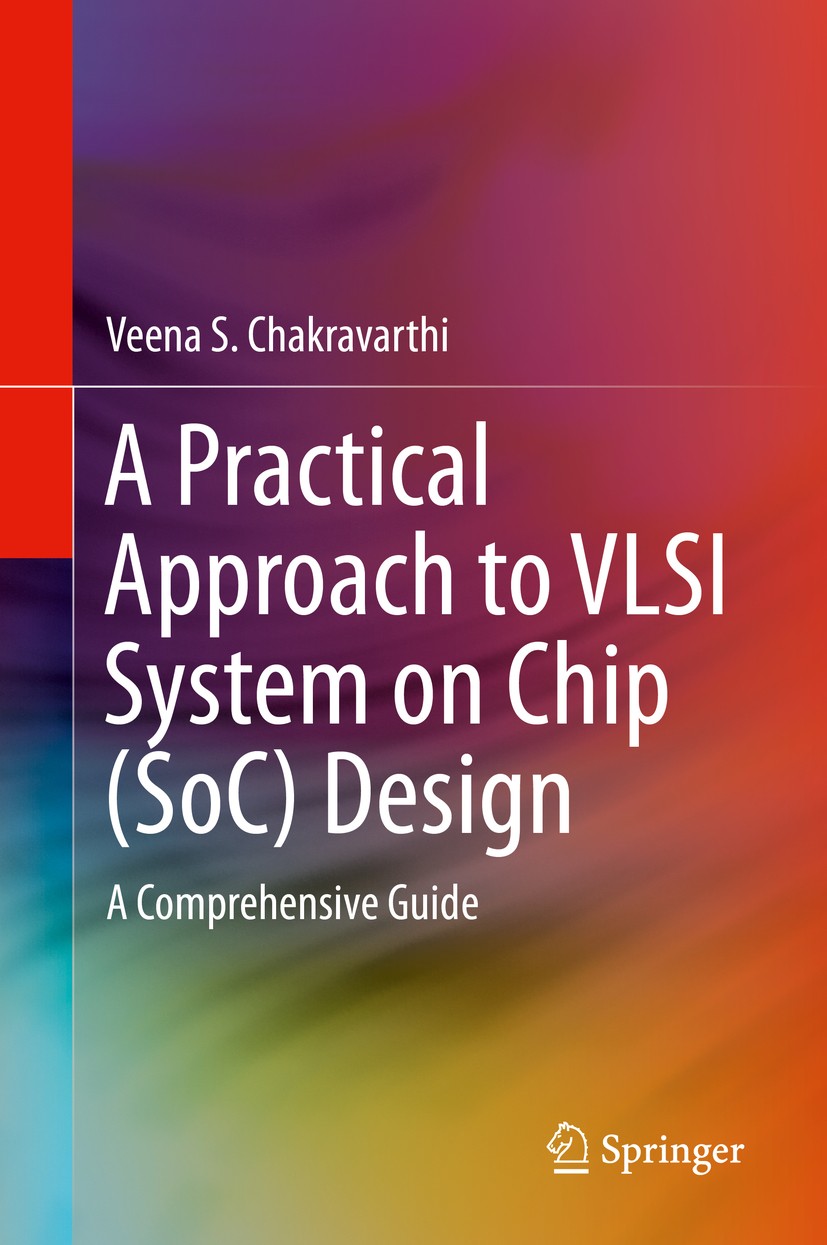| 期刊全称 | A Practical Approach to VLSI System on Chip (SoC) Design | | 期刊简称 | A Comprehensive Guid | | 影响因子2023 | Veena S. Chakravarthi | | 视频video | http://file.papertrans.cn/142/141774/141774.mp4 | | 发行地址 | A comprehensive practical guide for VLSI designers.Covers end-to-end VLSI SoC design flow.Includes source code, case studies, and application examples | | 图书封面 |  | | 影响因子 | .This book provides a comprehensive overview of the VLSI design process. It covers end-to-end system on chip (SoC) design, including design methodology, the design environment, tools, choice of design components, handoff procedures, and design infrastructure needs. The book also offers critical guidance on the latest UPF-based low power design flow issues for deep submicron SOC designs, which will prepare readers for the challenges of working at the nanotechnology scale. This practical guide will provide engineers who aspire to be VLSI designers with the techniques and tools of the trade, and will also be a valuable professional reference for those already working in VLSI design and verification with a focus on complex SoC designs..A comprehensive practical guide for VLSI designers;.Covers end-to-end VLSI SoC design flow;.Includes source code, case studies, and application examples.. | | Pindex | Book 20201st edition |
The information of publication is updating

|
|
 |Archiver|手机版|小黑屋|
派博传思国际
( 京公网安备110108008328)
GMT+8, 2025-11-12 15:25
|Archiver|手机版|小黑屋|
派博传思国际
( 京公网安备110108008328)
GMT+8, 2025-11-12 15:25


